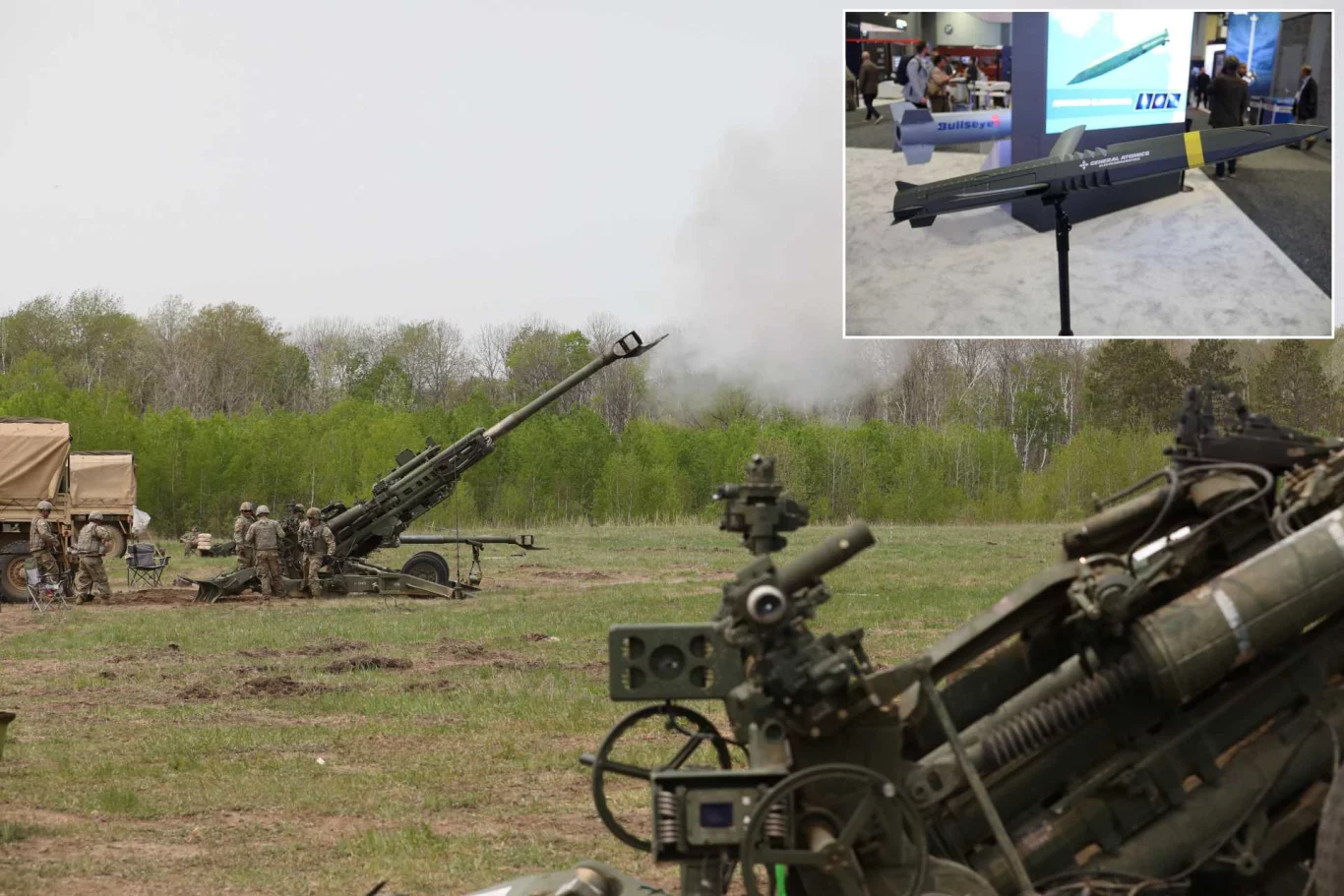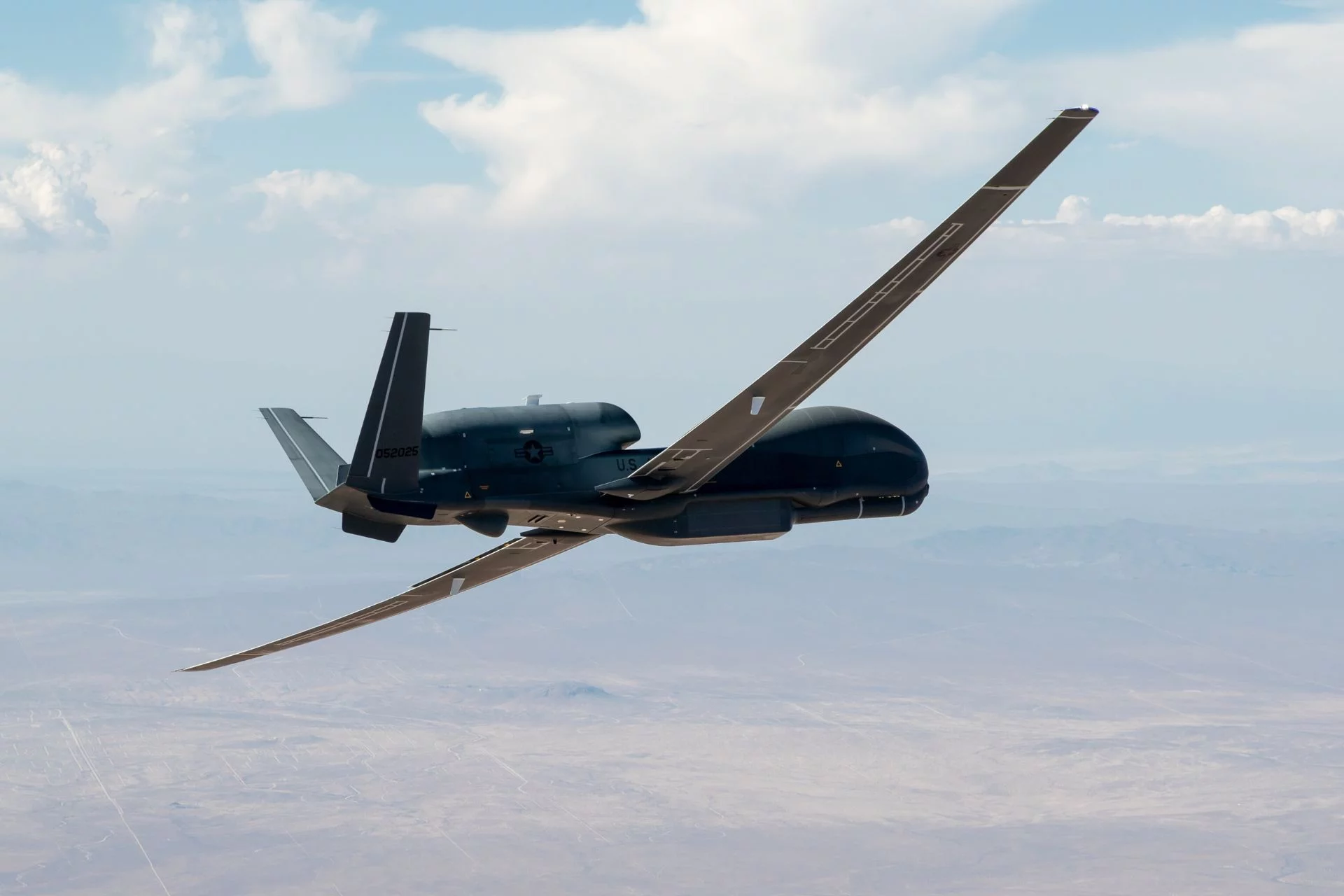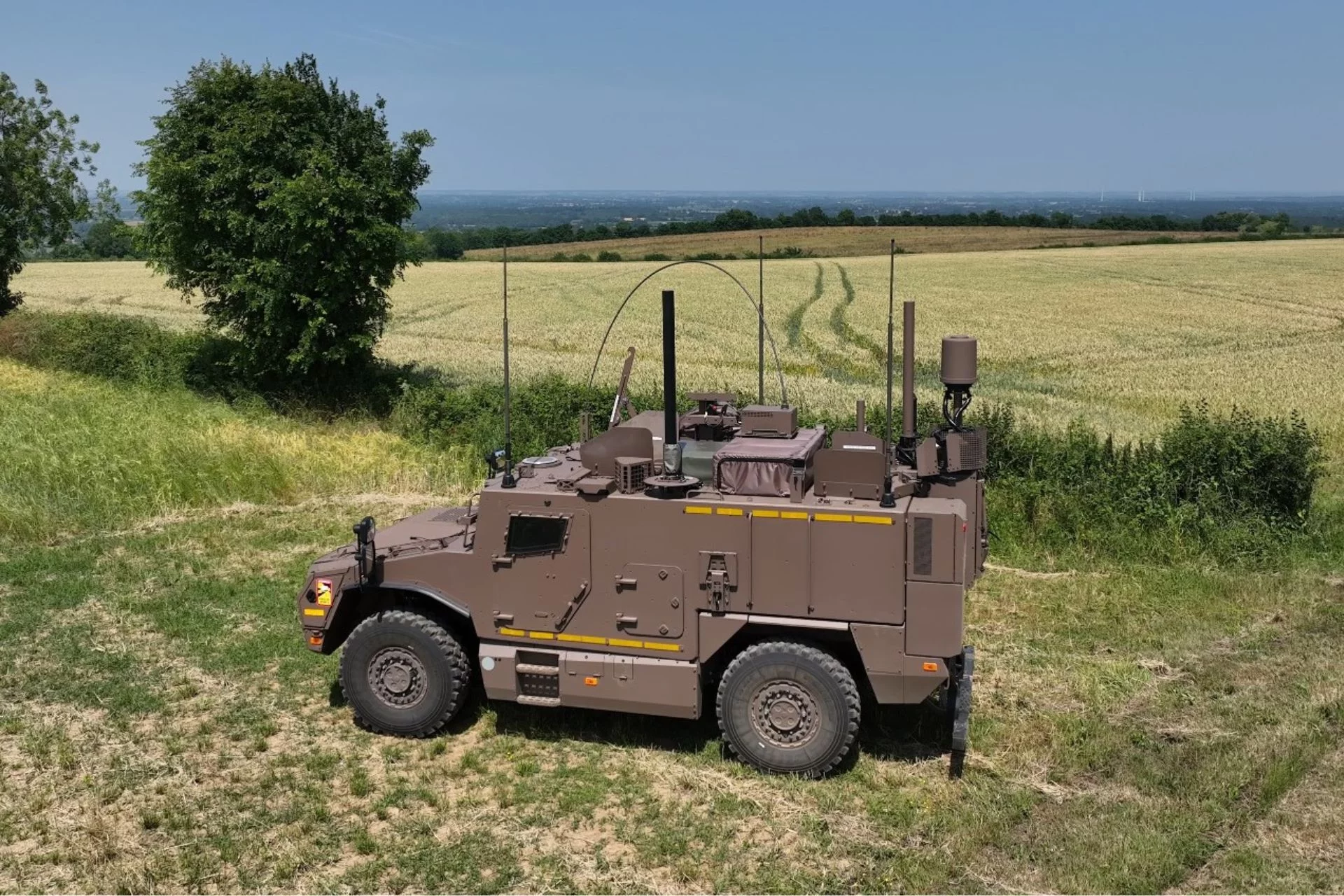In a groundbreaking development that’s set to redefine modern warfare, General Atomics Electromagnetic Systems (GA-EMS) has just pulled off a stunning success with their innovative Long Range Maneuvering Projectile (LRMP). Picture this: a standard U.S. Army M777 towed howitzer, the kind that’s been a staple in military operations for years, suddenly transformed into a high-tech precision strike machine capable of hitting targets with pinpoint accuracy from distances that were once thought impossible for traditional artillery. This isn’t science fiction—it’s the real deal, and it happened during a high-stakes test at the vast expanses of Yuma Proving Ground in Arizona back in August. The implications? A massive leap forward for U.S. ground forces, potentially giving them a decisive edge in future conflicts against sophisticated adversaries.
Let’s dive deeper into what makes this achievement so monumental. The LRMP isn’t your run-of-the-mill artillery round. Traditional 155mm munitions, which have served armies faithfully for decades, typically follow a predictable ballistic arc after being fired. They might reach out to about 30 kilometers on a good day, but their accuracy can vary wildly depending on factors like wind, terrain, and the inherent limitations of unguided flight. Enter the LRMP: a smart, guided projectile that’s essentially a gliding weapon in disguise. Once launched, it deploys wings—yes, actual aerodynamic wings—that allow it to maneuver in mid-air, adjusting its path to zero in on distant targets with surgical precision. This test firing didn’t just prove the concept; it validated every step of the process, from the initial spin-stabilized launch out of the howitzer’s barrel, to the smooth separation of the sabot (that protective casing that helps the round fit snugly during firing), right through to the deployment of those game-changing wings and the final guided glide phase.
What really sets the LRMP apart is its independence from GPS. In today’s battlefields, where electronic warfare is rampant—think jamming signals from rivals like Russia or China—relying on satellite navigation could be a fatal flaw. Instead, the LRMP uses advanced internal navigation systems, including inertial guidance that keeps it on track even in the most contested environments. This means artillery crews can fire with confidence, knowing their rounds won’t be thrown off course by enemy interference. And here’s the kicker: the test used standard M231 propellant charges, the same stuff already stockpiled in massive quantities by the U.S. Army. No need for fancy new supplies or logistical overhauls—this system plugs right into existing setups, making it a practical, quick-to-deploy upgrade rather than a pie-in-the-sky prototype.
The setting for this triumph couldn’t be more fitting. Yuma Proving Ground, a sprawling test site in the Arizona desert, has long been the go-to location for pushing military hardware to its limits. With its extreme temperatures, rugged terrain, and vast open spaces, it’s the perfect proving ground (pun intended) for validating long-range munitions. During the August trials, multiple LRMP rounds were fired from the M777 howitzer, a lightweight, highly mobile piece of artillery that’s been battle-tested in conflicts from Afghanistan to Ukraine. The M777’s towed design allows it to be airlifted or trucked into position quickly, and now, with the LRMP, it can deliver devastating strikes from over 100 kilometers away—more than tripling the range of conventional rounds. Imagine the tactical advantages: artillery batteries can stay farther back from the front lines, reducing their vulnerability to counter-battery fire, while still influencing the battlefield at theater-level distances.
Scott Forney, President of GA-EMS, couldn’t hide his enthusiasm about the results. In a statement that underscores the project’s real-world focus, he called it a “proof point for affordable precision firepower” in an age where battlespaces are increasingly jammed and denied. “This is not about exotic one-off capabilities,” Forney emphasized. “It’s about bringing practical, scalable solutions to the front lines, and proving they can perform in extreme conditions.” His words highlight a key philosophy behind the LRMP: it’s designed for mass production and widespread use, not just elite units. By blending the cost-effectiveness of tube-launched artillery with the smarts of missile systems, the LRMP could democratize precision strikes, making them available to more troops without breaking the bank.
To put this in perspective, let’s compare it to the status quo. Standard 155mm rounds might land within 50 to 100 meters of their target—good enough for area suppression, but not ideal for taking out high-value assets like command centers or mobile missile launchers. The LRMP, on the other hand, aims for a circular error probable (CEP) of under 10 meters, even without GPS. That’s the kind of accuracy that turns artillery from a blunt instrument into a scalpel. And with its maneuvering capabilities, it can dodge threats or adjust for moving targets mid-flight, something straight-shooting ballistics simply can’t do. This isn’t just an incremental improvement; it’s a paradigm shift that could bridge the gap between short-range cannons and long-range missiles like the Precision Strike Missile (PrSM), easing the load on more expensive rocket systems.
Behind the headlines, there’s even more excitement brewing. Sources familiar with the program reveal that the U.S. Army and Navy are teaming up to explore LRMP variants for broader applications. The Navy, in particular, is eyeing ship-launched versions as part of their Common Round Initiative, which could extend this technology to maritime operations. Data from the August tests is already feeding into upcoming evaluations, with more extended-range trials slated for before the end of fiscal year 2026 at sites like Yuma and White Sands Missile Range. These follow-ups will push the envelope further, testing the projectile in even more challenging scenarios to ensure it’s ready for the rigors of actual combat.
From a strategic standpoint, the LRMP addresses a critical vulnerability in modern warfare: the “fire gap.” In peer-to-peer conflicts, where enemies deploy advanced air defenses, counter-battery radars, and anti-access/area-denial (A2/AD) strategies, traditional artillery can find itself outranged and outgunned. By enabling M777 batteries to deliver low-signature, maneuverable strikes from dispersed positions, the LRMP reshapes the battlefield. Crews can remain mobile and hidden, popping up to fire and then relocating before retaliation arrives. This flexibility not only boosts survivability but also allows for more dynamic operations, supporting everything from deep fires against rear-echelon targets to close support for maneuvering infantry.
Looking ahead, GA-EMS is already thinking about the LRMP’s modular potential. Its design allows for swapping in different payloads—think sensor-fused warheads that detonate only when they detect specific threats, electronic warfare modules to jam enemy communications, or even intelligence, surveillance, and reconnaissance (ISR) packages for scouting ahead. This adaptability means the LRMP could evolve into a multi-role powerhouse, handling anti-armor strikes, communications disruption, or even non-lethal missions in contested zones. It’s a forward-thinking approach that aligns perfectly with the U.S. military’s push toward multi-domain operations, where land, sea, air, and cyber elements must work seamlessly together.
Of course, the road from successful test to full deployment isn’t without hurdles. The Department of Defense will need to navigate further testing, secure funding, and gain joint-service approval to elevate the LRMP to Program of Record status. But given how closely the test results matched pre-flight simulations—years of aerodynamic modeling and wind-tunnel work paying off—the momentum is undeniable. In the grand scheme of U.S. artillery modernization, this milestone marks a departure from outdated, shell-based tactics toward intelligent, guided munitions tailored for the complexities of tomorrow’s fights. As adversaries ramp up their own capabilities, innovations like the LRMP ensure that American forces stay one step ahead, ready to deliver decisive, precise power when it matters most.
This report draws from insights provided by Army Recognition, a leading source in defense journalism, and highlights the expertise of Alain Servaes, the group’s Chief Editor and founder. With his background as a former infantry non-commissioned officer and over two decades in the field, Servaes offers unparalleled analysis on military tech and global defense trends




